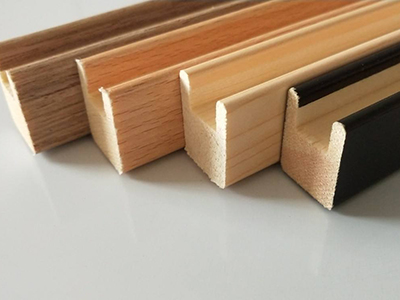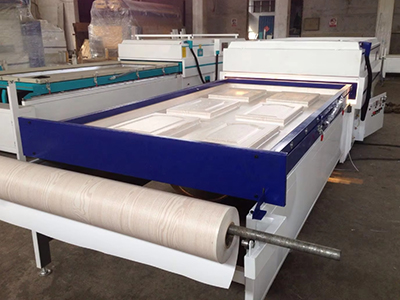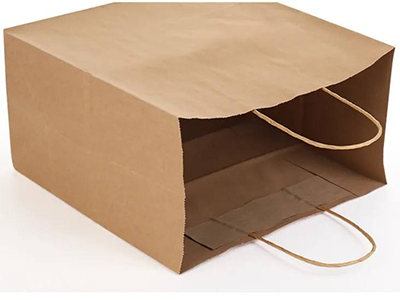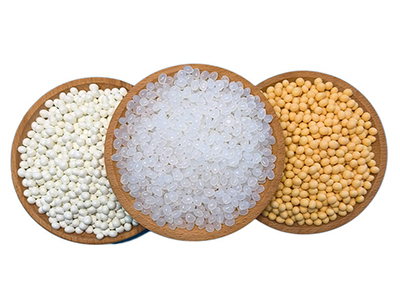Profile wrapping, also known as profile laminating or profile wrapping veneer, is a specialized technique used in the woodworking and furniture industries to apply a decorative surface to three-dimensional profiles, such as edges, moldings, and contoured surfaces. This process involves wrapping a flexible veneer or decorative material around the profiled substrate, creating a seamless and visually appealing finish.
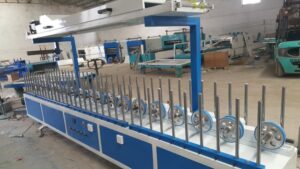
Key Aspects of Profile Wrapping:
1. Decorative Enhancement:
Profile wrapping allows manufacturers to add decorative elements to furniture, cabinetry, doors, and other wooden components. It enhances the aesthetics of the product and provides a cohesive appearance.
2. Versatile Applications:
Profile wrapping can be used on various profiles, including straight edges, curves, corners, and intricate moldings. This versatility makes it suitable for a wide range of design styles.
3. Materials Used:
The decorative material used for profile wrapping can include thin veneers, foils, PVC films, paper, textiles, and even real wood veneers. These materials are chosen for their aesthetic qualities, flexibility, and adhesive compatibility.
4. Adhesive Application:
The adhesive used in profile wrapping is typically a specialized hot melt adhesive or a reactive adhesive. The adhesive is applied to the substrate, and the decorative material is then pressed onto it.
5. Wrapping Process:
During the profile wrapping process, the substrate is fed through a machine equipped with heated rollers or vacuum chambers. The decorative material is simultaneously fed onto the substrate, adhering to the adhesive-coated surface.
6. Heating and Bonding:
The heat from the rollers or vacuum chambers activates the adhesive, allowing it to bond with the decorative material and the profiled substrate. The pressure applied during the process ensures a smooth and even bond.
7. Trimming and Finishing:
After wrapping, excess material is trimmed and removed, resulting in clean and precise edges. Additional finishing steps may be applied to achieve the desired look, such as sanding, lacquering, or polishing.
Advantages of Profile Wrapping:
– Design Flexibility: Profile wrapping allows for intricate and custom designs, including various colors, patterns, and textures.
– Cost-Effectiveness: It provides a cost-effective way to achieve the appearance of solid wood or high-end finishes without using expensive materials.
– Durable Finish: The wrapping process creates a strong and durable bond between the substrate and the decorative material.
– Consistency: Profile wrapping ensures consistent quality across large quantities of products, maintaining uniform aesthetics.
Applications of Profile Wrapping:
– Furniture: Adding decorative elements to edges, moldings, and panels of furniture.
– Cabinetry: Enhancing the appearance of cabinet doors, drawer fronts, and frames.
– Doors: Applying decorative surfaces to door frames, edges, and panels.
– Retail Fixtures: Creating visually appealing displays and fixtures in retail environments.
Profile wrapping is a valuable technique that allows manufacturers to achieve high-quality decorative finishes on complex profiles, enhancing the visual appeal and value of their products.


